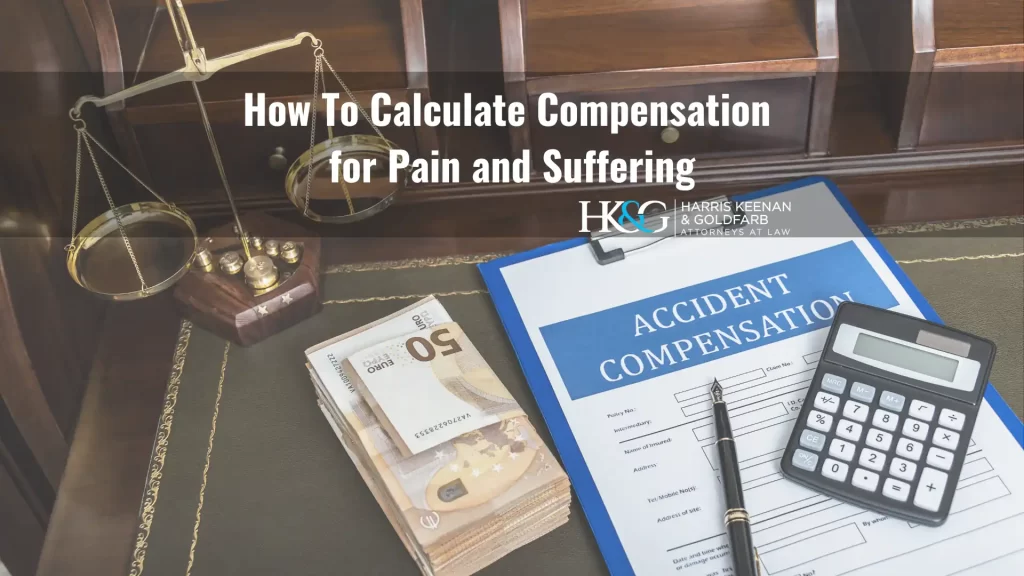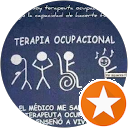A Brooklyn jury awarded Mr. Vargas $17.5 million for the City of New York’s violation of his civil rights for failing to provide him medical care while in custody. The jury found that the police officers involved failed to provide the necessary medical treatment and awarded $17.5 million to Mr. Vargas.
Recommended Articles
Categories
- Accidents
- After an Accident
- Compensation
- Firm News
- Insurance Claims
- Lawsuits
- New York Car Accident Resources
- New York Medical Malpractice Resources
- New York Motorcycle Accident Resources
- New York Nursing Home Injury & Abuse Resources
- New York Truck Accident Resources
- Personal Injury
- Workplace Injury
Practice Areas
Get A Free Case Evaluation
How To Calculate Compensation for Pain and Suffering
 When we talk about accidents, our minds often rush toward visible injuries – broken bones, cuts, bruises, etc. But what about the pain and suffering that comes along with these physical injuries? That’s harder to see and measure but just as real, if not more so. The sleepless nights, the mental distress, the life-altering changes — it’s a storm you didn’t ask for and certainly didn’t see coming.
When we talk about accidents, our minds often rush toward visible injuries – broken bones, cuts, bruises, etc. But what about the pain and suffering that comes along with these physical injuries? That’s harder to see and measure but just as real, if not more so. The sleepless nights, the mental distress, the life-altering changes — it’s a storm you didn’t ask for and certainly didn’t see coming.
Understanding how to calculate compensation for pain and suffering after an accident can seem like trying to navigate a maze with no map. But don’t worry; we’re here to help. This guide will shed light on this often misunderstood aspect of personal injury law in New York, helping you understand what compensation you’re entitled to and how to secure it. It’s not about dollar signs – it’s about acknowledging the depth of your experience and striving for the justice you deserve. Let’s begin.
What Does ‘Pain and Suffering’ Mean in a Personal Injury Claim?
In the world of personal injury claims, “pain and suffering” is a term you’ll come across quite often. But what does it actually mean? Essentially, it refers to the non-economic damages you’ve endured from an accident. Non-economic damages might sound like a cold phrase, but it’s far from that. It’s a way to describe the emotional, psychological, and physical hardships that don’t have an immediate price tag but still significantly impact your life after an injury.
“Pain” in this context refers to both physical discomfort and a broader range of physical issues. It could be the agony of a broken leg, the consistent throbbing headache following a concussion, or the chronic back pain from a slip and fall incident.
“Suffering,” on the other hand, usually refers to the emotional and psychological distress related to the accident and your injuries. Anxiety, depression, loss of enjoyment of life, fear – these are all types of suffering you might experience after a traumatic event. Perhaps you’ve developed a fear of driving after a car accident or are dealing with the emotional trauma of disfigurement. If so, the law says you can seek compensation for this harm you’ve suffered.
What Types of Damages Are Awarded for Pain and Suffering?
When it comes to personal injury cases, compensation for pain and suffering falls into the category of “non-economic damages.” Here’s a closer look at the type of non-economic damages you could receive for pain and suffering:
- Physical Pain and Suffering: This is compensation for any physical pain you’ve experienced due to your injuries. It can cover pain felt since the accident and the pain you might suffer in the future.
- Emotional and Psychological Distress: Accidents can take a severe toll on your mental health, leading to issues like anxiety, depression, post-traumatic stress disorder (PTSD), or sleep disturbances. Emotional distress damages aim to compensate for this.
- Loss of Enjoyment of Life: If your injuries prevent you from enjoying day-to-day activities or hobbies you once loved — like playing with your kids, cooking, or running — you could receive damages for loss of enjoyment of life.
- Loss of Consortium: In legal terms, loss of consortium refers to the negative effects an accident and subsequent injuries have on your relationship with your spouse. It can encompass loss of companionship, affection, comfort, and sexual relations.
- Disfigurement and Physical Impairment: If your accident resulted in scarring, disfigurement, or a long-term physical limitation, you might recover damages to compensate for the mental distress these changes bring.
How Do You Prove Pain and Suffering in a Personal Injury Claim?
 Proving pain and suffering can seem challenging, as these experiences are often personal and subjective. However, there are certain kinds of evidence you can use to substantiate your pain and suffering from an accident, such as:
Proving pain and suffering can seem challenging, as these experiences are often personal and subjective. However, there are certain kinds of evidence you can use to substantiate your pain and suffering from an accident, such as:
- Medical Records
- Psychological Evaluations
- A Personal Diary
- Witness Testimony
- Photos and Videos
- Expert Testimony
How to Calculate Compensation for Pain and Suffering
Calculating compensation for pain and suffering isn’t an exact science, and the method used can vary across cases. However, one commonly used approach is the “multiplier method.”
The first step in the multiplier method is to add up all your economic damages. These are the concrete, quantifiable losses you’ve experienced, like medical expenses and lost wages.
A multiplier is then applied to this number, which can range from 1.5 to 5 or more, based on the severity and impact of your injuries. Finally, the total economic damages are multiplied by the chosen number to reach a compensation figure for pain and suffering.
For instance, if your total economic damages are $50,000 and a multiplier of 3 is deemed appropriate due to the severity of your injuries, your pain and suffering compensation would be calculated as $50,000 x 3. In other words, you would receive $150,000 in compensation for your pain and suffering.
Because of the complexities involved in calculating non-economic, it’s crucial to work with an experienced personal injury lawyer. They can guide you through the process and assist you in pursuing compensation for your pain and suffering. Call 800-724-6529 today or complete our contact form for a complimentary consultation.
Related Posts:
Evaluating Your New York Personal Injury Case: How Much Is It Worth?
Over $500 Million in Verdicts and Settlements
Our track record showcases over $500 million won for our clients. Each victory underlines our commitment to justice and client care. Explore our impact, case by case.
What Our Clients Say About Us

Thank you so much for recovering my injury case from 9 years ago that was dead in the water since the company went bankrupt and there was nothing else to do. Miraculously, you resurrected my case and was able to get a settlement which completed for me the horrific accident and the suffering I endured because of it. HK&G makes miracles happen by getting the job done and seeing that justice is served. Thank you so much.
Susan C.
Jason Steinberg is a great lawyer Donna and Terry were always very professional and kind I will always highly suggest this law firm and team to anyone out their. Thank you again to everyone at this incredible Firm!!!
They got me Justice, and achieved a substantial outcome for my case.
I am very impressed, and thankful for their outstanding performance on my behalf.
I am very pleased, and significantly satisfied with their representation.
‐-
Sherylon Wilkins
6 years ago I had a slip and fall accident at my employers place of business. I reached out to them because I knew that I was being wrongfully treated. They took care of the case, restored my self confidence, and brought so much peace to my problem riddled life.
I can recommend without a shadow of a doubt the services of Harris, Keenan & Goldfarb to anyone who is in need of someone who will have your back!
Frequently Asked Questions
Common questions that prospective clients have about personal injury claims include:
Do I need an attorney?
When you have suffered an injury, it can be difficult to know what to do next. If the injury was caused by someone else’s negligence, you may be entitled to compensation. However, filing a personal injury claim can be a complex and time-consuming process. An experienced attorney can help you navigate the legal system and fight for the maximum possible compensation.
How do I know I have a case?
When should I contact an attorney?
How do I determine which one to choose?
Once I hire an attorney, what should I expect?
Recent News
Find out how to move forward after an unexpected event with our short, helpful articles. We share simple advice that can make a big difference in tough times.
Contact Us
Monday - Friday: 9am - 6pm









































